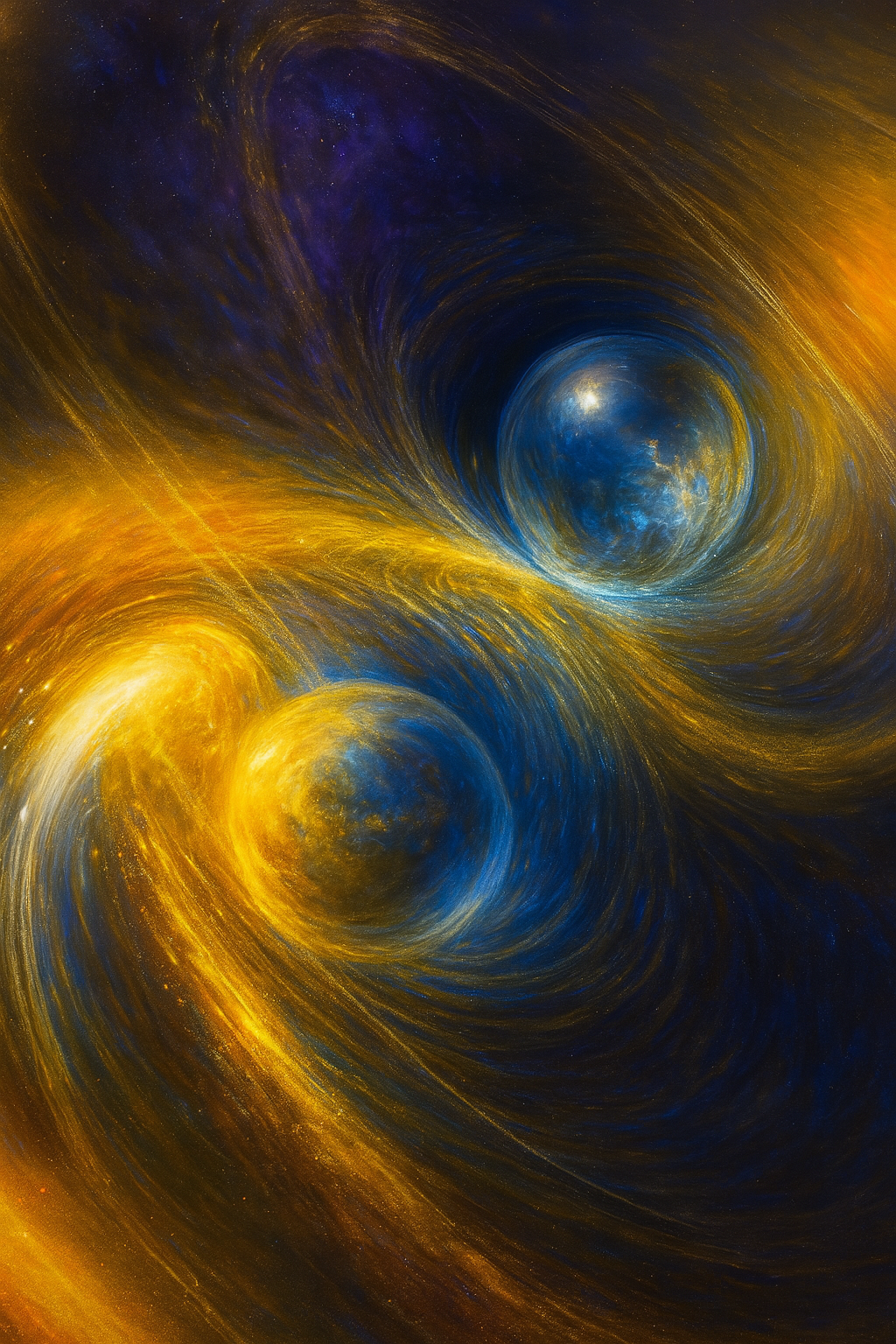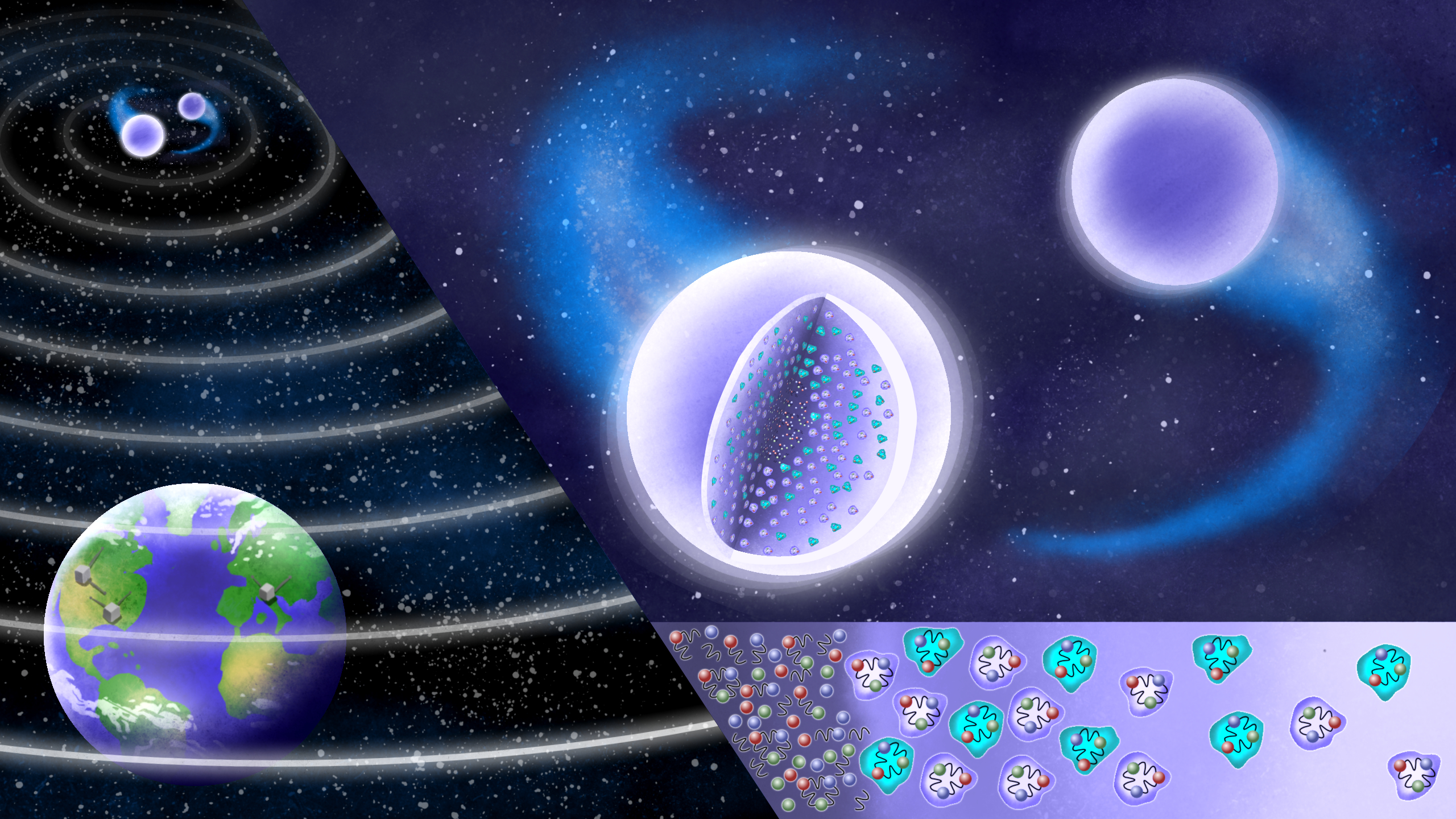Welcome
Neutron stars are Nature’s densest laboratories—the collapsed hearts of massive stars, where matter is crushed to densities beyond anything on Earth and spacetime is warped by gravity at its most extreme.
I’m a Marie Skłodowska-Curie Fellow in relativistic astrophysics, leading a European Union-funded research programme at Utrecht University. My work uses gravitational waves from merging neutron stars to explore the exotic physics of these compact objects: from the properties of ultra-dense nuclear matter to the possible presence of de-confined quark phases deep in their cores.

I combine analytical calculations, numerical modelling and gravitational-wave data analysis to ask fundamental questions:
- What is matter like at the highest densities found in the Universe?
- Can we detect phase transitions inside neutron stars?
- How does general relativity shape their structure and evolution?
I am a member of major, international gravitational-wave collaborations: the LIGO-Virgo-KAGRA Collaboration, the Einstein Telescope Collaboration and the Cosmic Explorer Consortium.
🔬 Featured work
🌀 Continuous gravitational waves from neutron-star mountains
Gravitational waves are typically associated with cataclysmic events like binary mergers, but isolated, rotating neutron stars can also emit continuous gravitational waves if they have tiny deformations (or “mountains”) on their surface.
In this work, I developed the first fully self-consistent relativistic models of such deformations, incorporating the elastic crust in the outer layers of the star. These models allow us to calculate realistic upper bounds on continuous-wave emission, directly linking a star’s microphysics to its detectability by current and future detectors.
📄 Publications
- arXiv:2009.12794 / Mon. Not. R. Astron. Soc. 500, 5570 (2021)
- arXiv:2105.06493 / Mon. Not. R. Astron. Soc. 507, 116 (2021)
🗞 Media coverage
- Gizmodo (18th Jul. 2021): “Neutron Stars Have Mountains That Are Less Than a Millimeter Tall”
- New Scientist (24th May 2021): “Neutron stars are remarkably smooth thanks to their intense gravity”
💥 Signatures of first-order phase transitions in gravitational-wave signals
What lies at the core of a neutron star? One leading possibility is a first-order phase transition to de-confined quark matter. I identified a distinct signature of such a transition in gravitational-wave signals from binary neutron-star inspirals.
These features appear in the dynamical response of the star and offer a smoking gun for new phases of matter, within reach of next-generation detectors like the Einstein Telescope and possibly even now.
📄 Publications
🏛 University article
- Utrecht University (20 Aug. 2025): “Gravitational waves could reveal exotic matter inside neutron stars”

